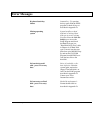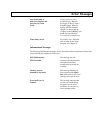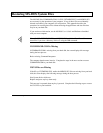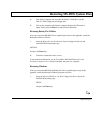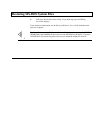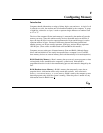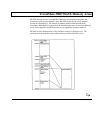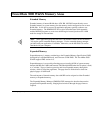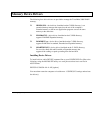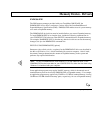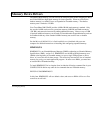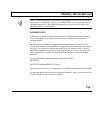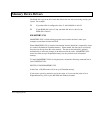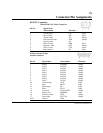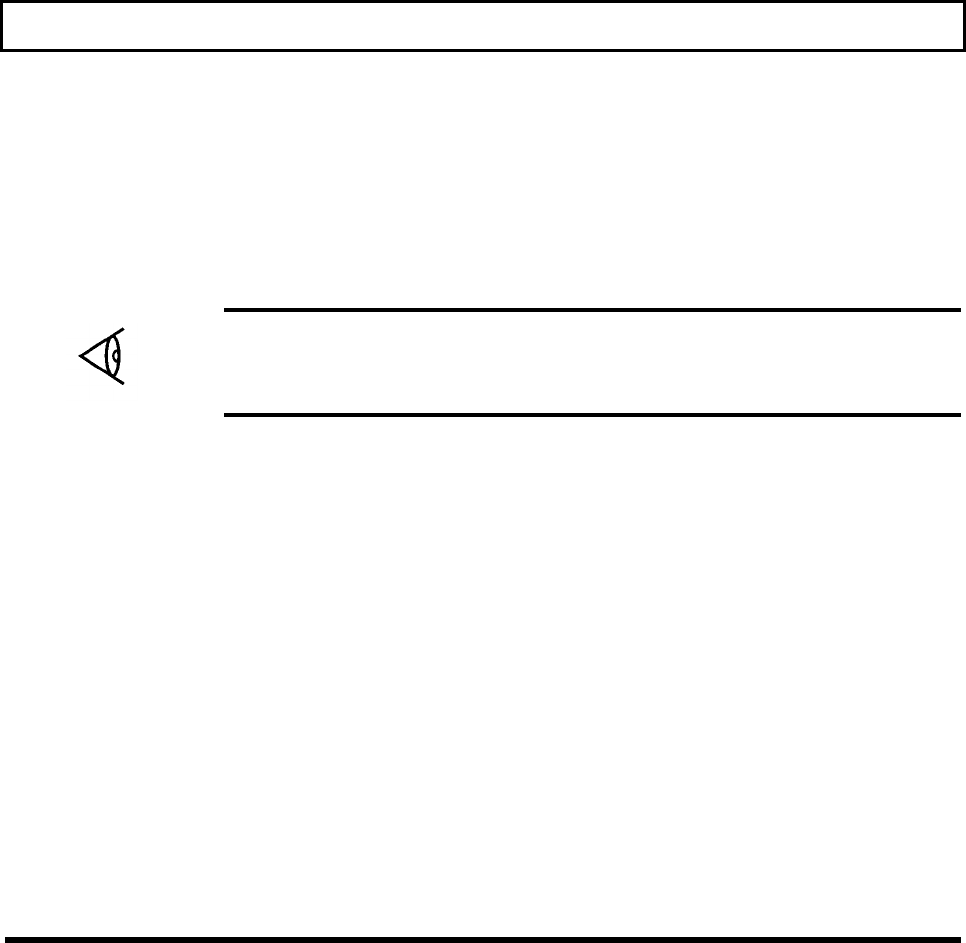
TravelMate 3000 WinSX Memory Areas
Extended Memory
Extended memory is internal RAM above 1024 KB. MS-DOS cannot directly access
Extended memory as system memory, but the memory can be configured as one or more
RAM disks. It can also be accessed by application programs specially written to use
Extended memory. The HIMEM.SYS device driver described later in this appendix
enables MSDOS programs to use an extra 64-KB region located just above the 1-MB
mark for storage of code and data.
Note: Some application programs that run in 386 enhanced mode (such as Windows
3.0) require special extended memory managers. Use the extended memory manager
provided with your application, if available. Otherwise, use the MS-DOS 5.0 version
furnished with your computer.
Expanded Memory
Expanded memory is memory conforming to the Expanded Memory Specification (EMS)
developed by Lotus/Intel/Microsoft, and is known as LIM-EMS. The TravelMate 3000
WinSX supports EMS version 4. O.
Expanded memory is accessed by allocating an area (usually 64 KB) of system memory
between 640 KB and 1 MB (and between 256 KB and 640 KB when the /O option is used)
as a "window." Pages of data are passed to and from Expanded memory through this
window, which is called the pageframe. The page frame is divided into at least four
physical pages of 16 KB each.
The total amount of internal memory above 640 KB can be assigned to either Extended
memory or Expanded memory.
The Expanded Memory Manager (EMM386.EXE) manages the interface between the
program and Expanded memory, bringing data in and out through the page frame as
required.
F-4 Configuring Memory



